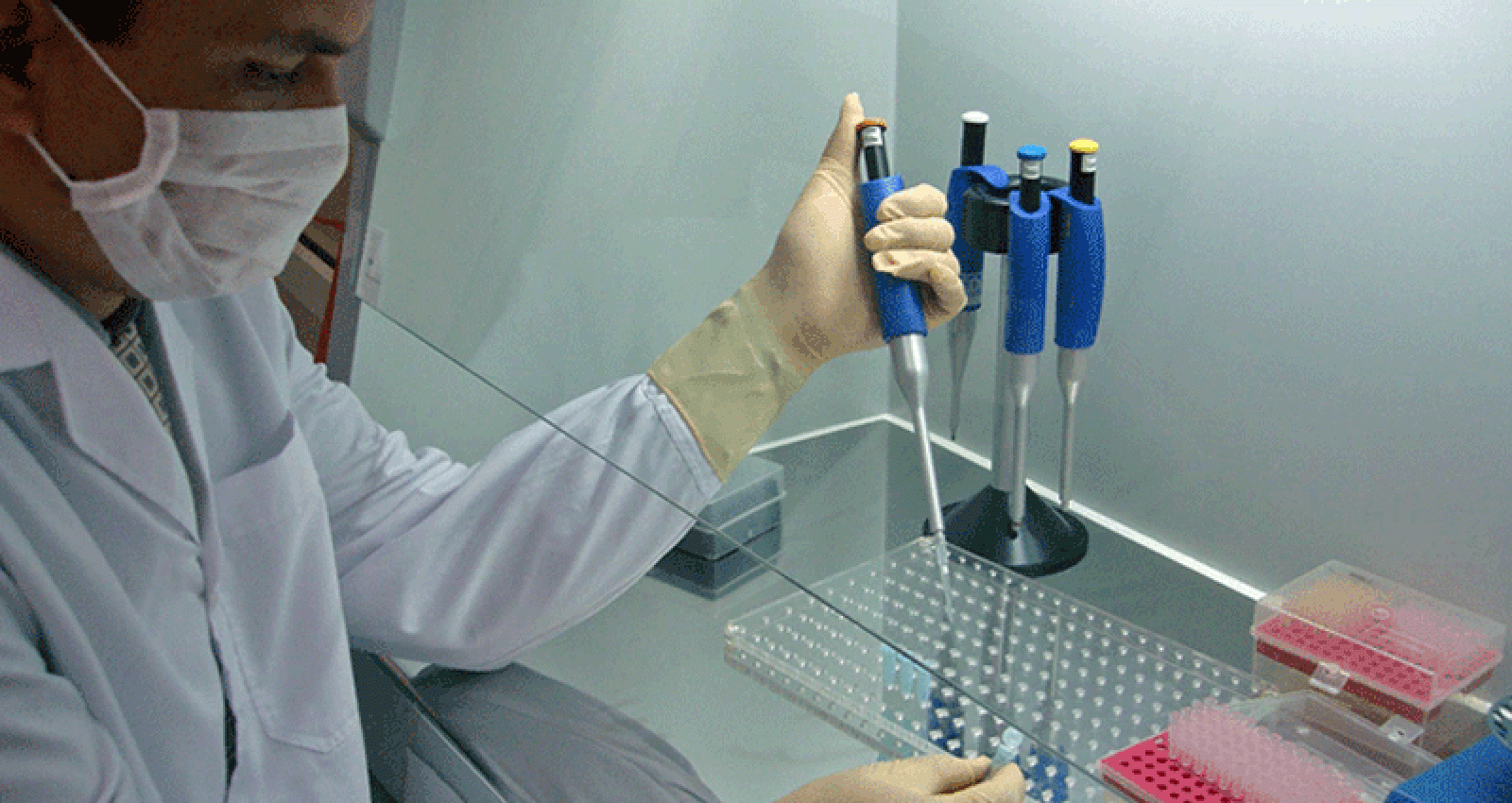Crisis Response – Before, During, and After
A new learning product from IEG takes lessons from the Bank’s response to avian influenza to inform future crisis response
A new learning product from IEG takes lessons from the Bank’s response to avian influenza to inform future crisis response
By: Caroline HeiderStephen Hutton
Learning from failure is a popular mantra, but what about learning from efforts that worked well? The World Bank played an indispensable role in the global response to the avian flu outbreaks, but as a new IEG learning product shows, what happens before and after an intervention can be as important as what happens during.
Launched last week, Responding to Global Public Bads: Learning from Evaluation of the World Bank Experience with Avian Influenza 2006-13, focuses on a specific issue, but the lessons it contains are applicable to many broader development challenges.
Providing global public goods
Efforts to control avian influenza in poultry, to isolate and treat infected humans, and to build capacity to mitigate a pandemic are a global public good: by reducing the risk of disease in one country we make the rest of the world safer. But the experience with avian influenza shows the difficulties of maintaining the momentum — and in preparing for future crises — once the situation has stabilized. When the perceived risks are high, donor commitments and country interest are readily available, but once the spotlight has moved to another crisis that focus and support are often in short supply.
Shifting from crisis response to prevention
It is hard to sustain risk reduction efforts unless these are mainstreamed into ongoing programs. Far too often agencies and governments return to business as usual once a crisis has passed – especially if there is no strong institutional constituency for continued support — as was the case with avian influenza. Though emergency response will remain an important instrument in the Bank toolbox, the institution’s comparative advantage is in long-term support for building systems and capacity. The pandemic preparedness agenda could benefit from looking at how the Bank has adjusted its approach to natural disasters, shifting from a reactive stance to one focused more on proactive risk reduction and management. By acting when there is time to plan and strategize, the pitfalls that often accompany an urgent response can be avoided.
Working across sectors
Combatting avian influenza required close cooperation between animal and human health experts , within borrower countries, between international agencies, and within the Bank Group itself. There was a significant degree of cooperation and coordination across sectors at the strategic level, and the Bank drew heavily on the expertise of international technical agencies to function in an area where it lacked the necessary skills and experience internally. But this sometimes broke down at the project implementation level, in part because of a lack of incentives for inter-sectoral collaboration within the Bank. As it shifts to a model of global practices, the Bank will need to ensure that it is able to create institutional incentives for cross-sectoral cooperation and avoid entrenching sectoral silos.
An evaluation challenge
Avian influenza projects are inherently difficult to evaluate; the projects are trying to reduce the risk from a low probability negative event that may occur with or without the intervention. The fact that no outbreaks occurred doesn’t mean a project succeeded – maybe no outbreaks would have occurred in any case. And multiple outbreaks could mean that surveillance is working well – or that outbreak containment is failing. IEG’s learning product aims to provide guidance to project designers by suggesting particular types of indicators that could help – in this case by focusing on intermediate outcome indicators that assess whether each part of the results chain is working.
Where to from here?
How will the Bank and others respond to these findings? The introduction of the global practices in two weeks is designed to foster cooperation across sectors and should make it easier to bring resources to bear to combat these important global challenges - before, during, and after they occur.


Add new comment